Accelerating fiber and transport network transformations with confidence
With hyperscalers driving rapid growth in cloud computing and AI, networks are evolving to meet rising demands for bandwidth and capacity. For telecom infrastructure providers navigating optical transport transformations—from the edge to the metro, core, and data center interconnects (DCI)—scaling with confidence requires reliable solutions to efficiently test and monitor performance at every level, combined with automated job compliance to accelerate service delivery and maximize return on investment.
Proven results
Telecom providers using EXFO’s fiber and transport network solutions report fewer activation failures, improved operational efficiency, and faster time to revenue.
100%
network build traceability
<5% failure at activation means more first-time-right deployments.
2x faster
data center interconnect delivery
Manage the high volume of ports at play—cut test time and boost product productivity.
75%
reduction in MTTR
Eliminate time spent finding the fiber fault—go straight to the fix.
Where EXFO drives impact across the network lifecycle
EXFO’s fiber and transport lifecycle solution covers every phase of the network—from fiber build and service activation to performance monitoring and troubleshooting— through an integrated approach that delivers accuracy and quality at every step.
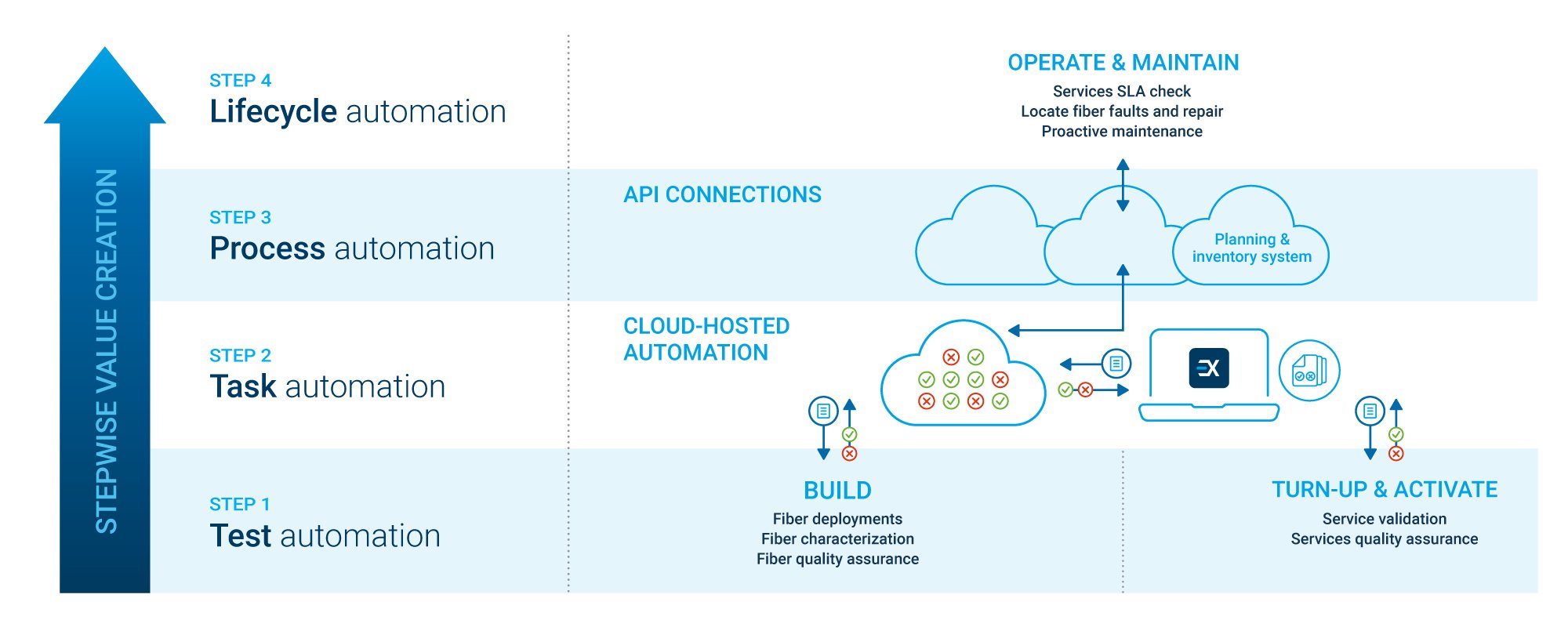
It starts with best-in-class,
evolutive field testing
Get the job done faster with automated, flexible, and simple-to-use tools delivering accurate, easy-to-understand pass/fail results—from fiber qualification to high-speed-link validation (1G to 800G).
Interconnect all parts
of your field ecosystem
Manage field tests, optimize workflows, automate test results sharing, and unlock valuable insights for better-informed, data-driven decisions that drive operational improvements.
Rule your fiber-optic network
Gain real-time visibility into fiber-link health and integrity to increase network uptime and reduce SLA penalties by minimizing MTTR and preventing outages.

Success story
EXFO’s remote fiber testing and monitoring (RFTM) solution helps MCNC boost efficiency, minimize downtime and deliver seamless service across North Carolina.
The pressure is on
AI is fueling the evolution of transport networks—but this acceleration brings new challenges, putting service providers under growing pressure to deliver flawless performance, control costs, and drive greater operational efficiency across evolving fiber and Ethernet infrastructures.
AI driving stricter SLAs
Stricter SLAs are necessary to meet QoS standards and end-user expectations on upgraded high-speed networks (100G, 400G, 800G). With more users and devices relying on the network, downtime is simply not an option.
Ethernet networks evolving faster than ever
Rising speeds and advanced optics add complexity—making “plug-and-pray” approaches unreliable and testing crucial to ensure performance across all rates.
Juggling emerging transceivers
Coherent optics enable faster speeds and longer reach in metro, core, and DCI networks—but require thorough testing to ensure interoperability, minimize disruptions, and maintain network reliability.
Keeping CAPEX and OPEX in check
New technologies may outpace technicians’ skills, complicating testing of high-speed links and causing delays, while costly investments in new tools may be required to meet emerging testing needs.
Lack of real-time job compliance visibility
Lack of real-time job compliance visibility can lead to repeat site visits and truck rolls, driving up costs and delaying revenue due to quality issues.
Overcoming fiber diagnostic hurdles
Limited visibility makes fiber fault isolation challenging, increasing MTTR and network downtime. Eliminating costly manual fault-finding streamlines operations and maintenance while ensuring network reliability.
Migrating to higher speeds is complex. Testing shouldn’t be.
Qualify the state of the fiber, turn up and activate links, and assess data transmission integrity with EXFO’s comprehensive test portfolio. Our solutions validate the high-speed transport network end-to-end—from the physical to the protocol layer—with first-time-right results, every time.
Fiber characterization
In next-generation fiber-dense networks, maintaining fiber quality is essential to ensure reliable performance, especially as service providers scale to 400G and beyond. Contaminated or faulty connections can lead to signal degradation, latency, and service disruptions. Proactive practices like fiber inspection, proper connector cleaning, and link qualification help prevent these issues, while enabling quick identification and resolution of problems such as bad connections, fiber bends, or breaks across long-haul, metro, and data center interconnect networks.
Link stability and validation testing
Confirming the integrity of high-speed links involves a variety of different tests (e.g., jitter and latency) to ensure interoperability and compatibility between various network components and confirm that services can stand up to strict SLAs. Tools need to be flexible and scalable to test lower rates as well as handle new and upcoming rates and technologies. Fiber testing is the basis of any infrastructure, but within transport networks there is a lot of ‘plug and pray’, resulting in problems down the road.
Transceiver validation testing
According to industry surveys, transceiver failure rates vary from 10% to 20%. Faulty transceivers will delay link deployment and service activation. As transceivers become more complex and expensive, such as digital coherent optics (DCO) and are often the root cause of costly deployment delays and network failures, replace and go strategies are no longer viable.
Service activation testing
Transport networks must support different types of traffic with varying QoS requirements, such as voice, video, and data. Validating the network’s capacity under various load conditions is crucial to ensuring it can handle current and future requirements. Plus, it’s vital to check QoS mechanisms that ensure traffic is prioritized appropriately to meet performance expectations.
Identifying fiber degradations in live networks
Continuous, automated and centralized monitoring of the fiber optic network ensures quick detection of abnormalities or disruptions. When problems arise, they can be quickly identified and solved, reducing mean-time-to-repair, minimizing network downtime and preventing service disruptions. This approach significantly improves the overall reliability and resilience of the fiber infrastructure.
Protect your investment with premium support services
At EXFO, we are deeply committed to delivering service excellence to our customers. We understand the importance of precision and reliability, which is why we offer expert calibration, dependable repairs, and industry-leading warranties to keep your test instruments performing at their best.
Our services include :

Repairs (RMA)

Calibration services

Extended warranty

Customized service

Service centers
Related products
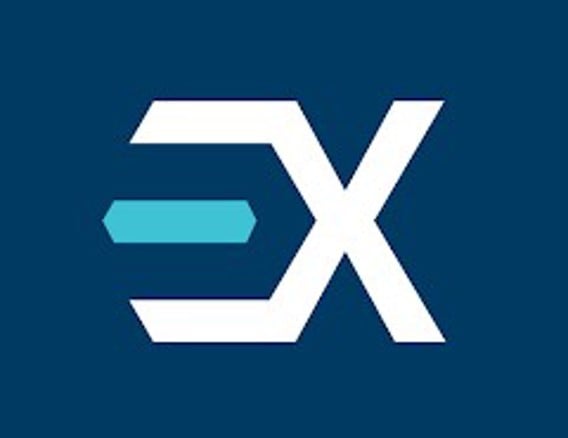
EXFO Exchange - 开放式协作软件平台
开放的协作软件平台,用于通过测试自动化和数据洞察力更快、更好、更高效地部署并维护更优质的电信网络。
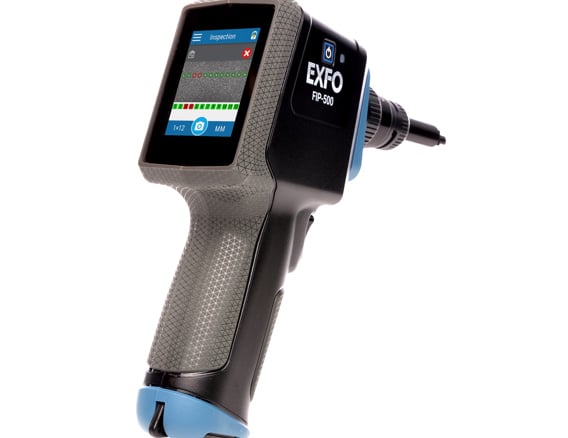
FIP-500 - 光纤端面检测器
业内首款由人工智能驱动的单纤芯、双工和多纤芯连接器端面检测解决方案。作为一款独立、全自动的工具,能够提供高度可靠且可重复的测试结果。可整天不间断地进行零按钮测试,无需充电或卸载测试结果。
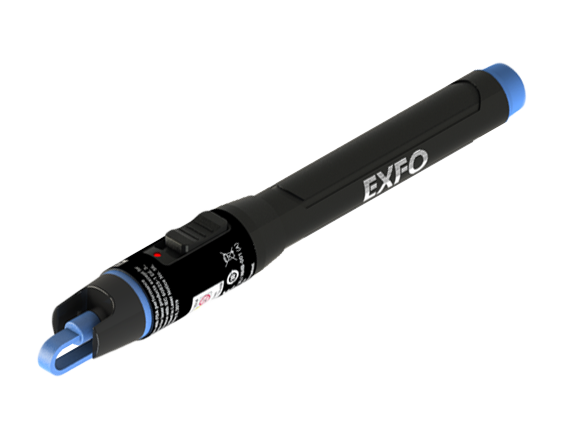
FLS-190
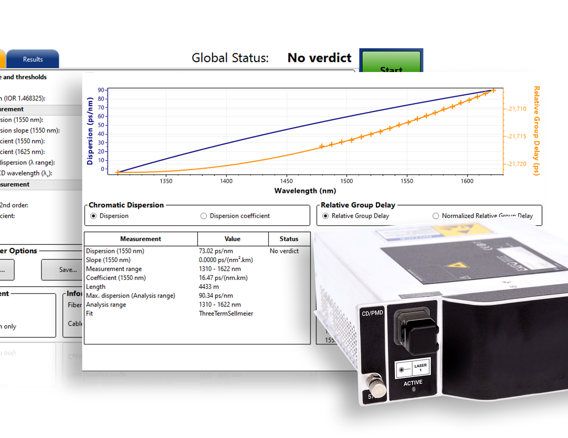
FTBx-570 - 单端色散分析仪
可快速完成单端CD/PMD测试的先进解决方案。
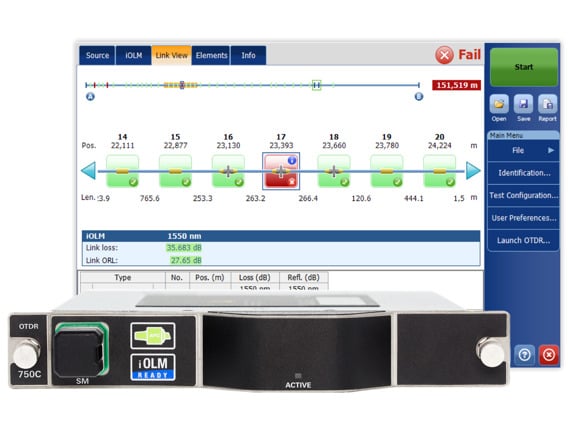
FTBx-750C - 城域网/长距离OTDR
结合高动态范围和高分辨率,实现非常精确的光纤鉴定。
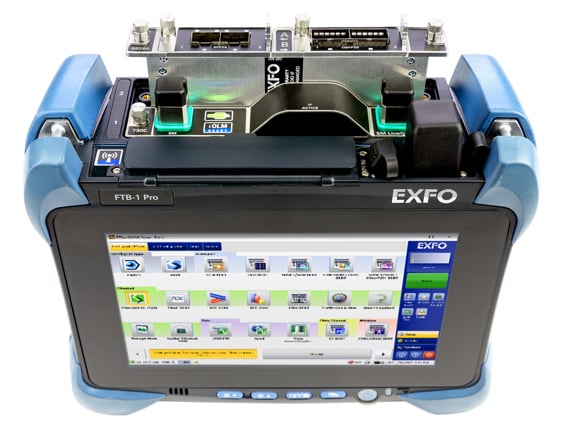
FTBx-88260 - 1G至100G多业务测试模块
提供可定制的1G-100G(包括25G/50G)测试功能,通过EXFO的开放式收发器系统(OTS)满足多种类型的收发器测试要求
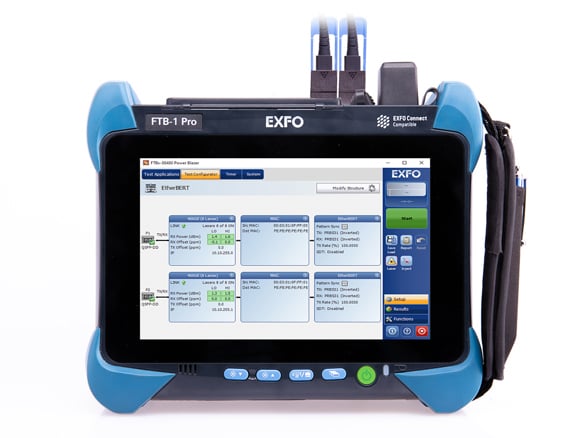
FTBx-88480系列 - 1G至400G双端口测试仪,且支持800G
外形紧凑的多业务双端口测试解决方案(1G-400G、400ZR和400ZR+)。配备EXFO的模块化开放式光模块系统(OTS)。可对软件进行升级,以支持800G测试。
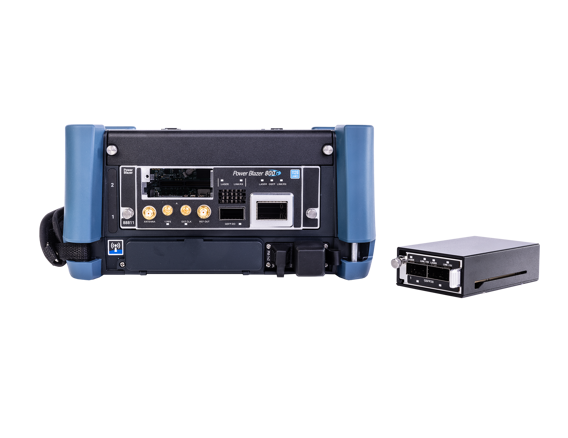
FTBx-88810 - 完整的1G-800G测试解决方案,涵盖从实验室到现场的多种应用场景,且支持800ZR
覆盖从1G到800G的速率——支持以太网、OTN、光纤通道和相干光技术(800ZR)。专为未来的相干光模块设计。
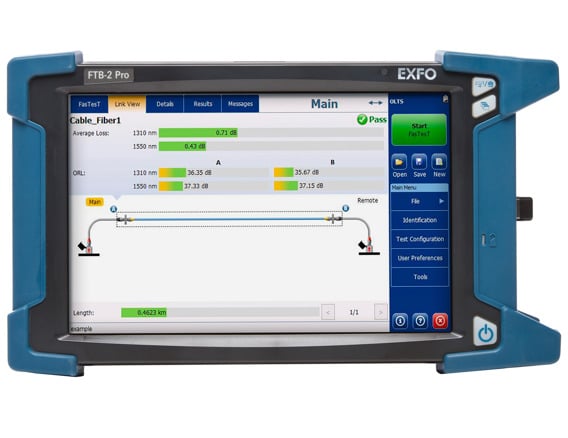
FTBx-945 Telco OLTS
多功能光损测试设备(OLTS),适用于 FTB-2和FTB-2 PRO平台。
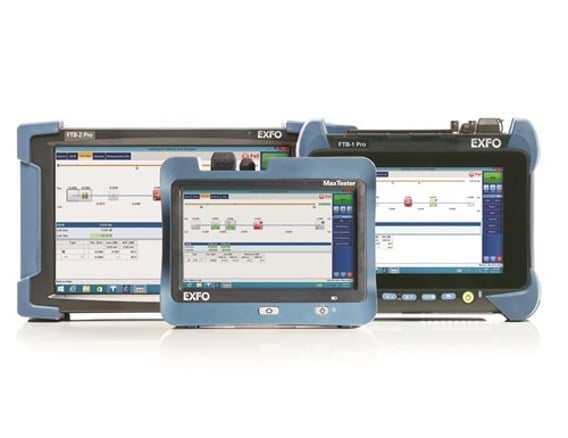
iOLM - 智能光链路测试仪
自动、专家级的单模和多模光纤测试,不需要配置参数和/或分析并解析多个复杂的OTDR曲线
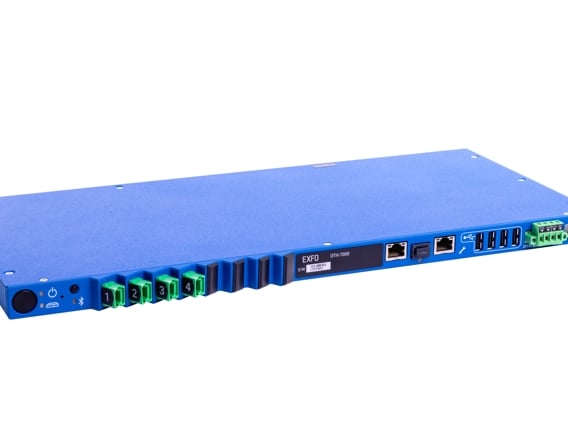
OTH-7000
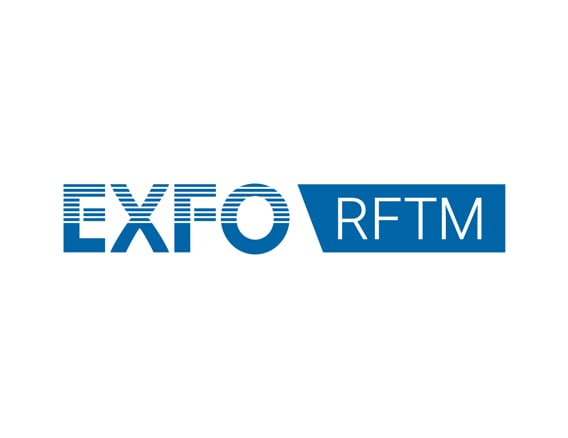
EXFO RFTM - 远程光纤测试和监测
基于OTDR的智能解决方案,用于在从工程建设到维护的各个阶段测试和监测光纤链路(P2P和PON)。
Resources
All resourcesLanguage
Resource type

